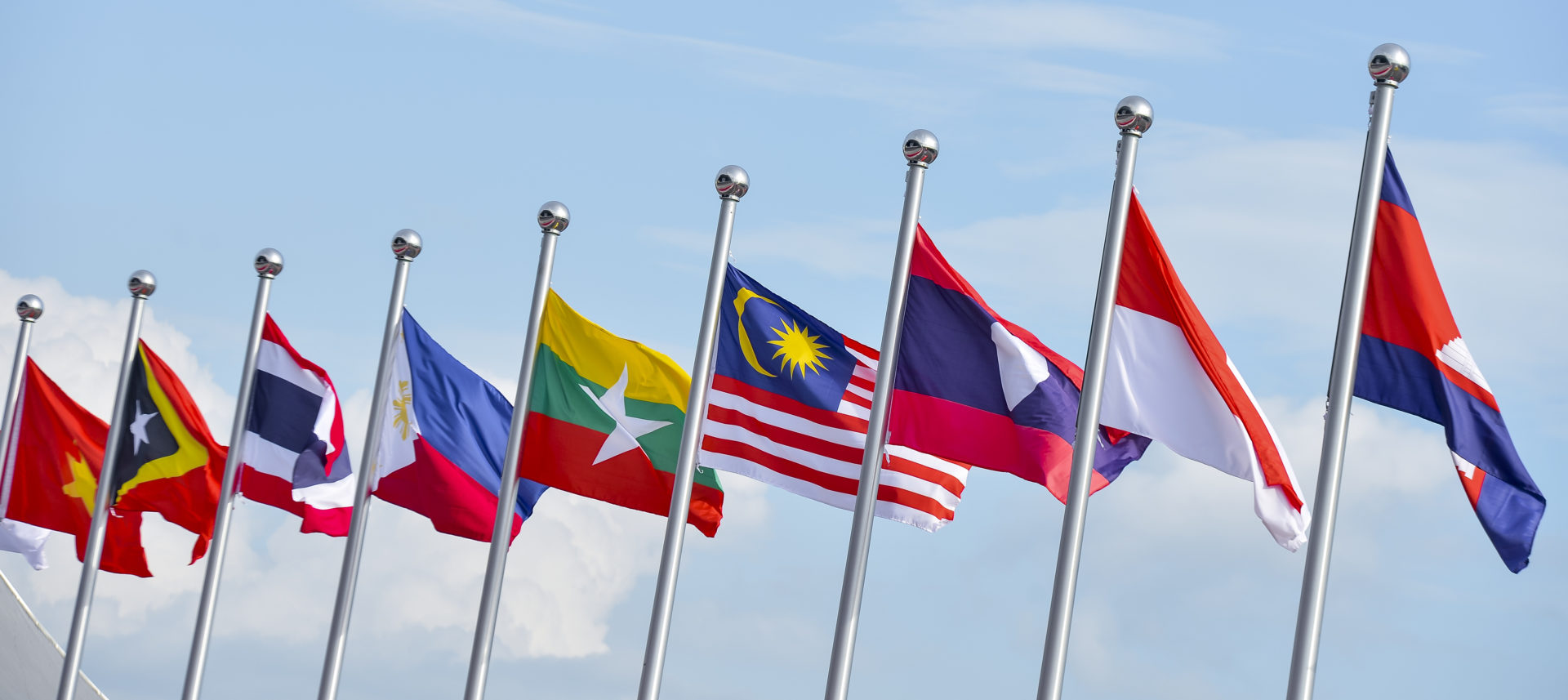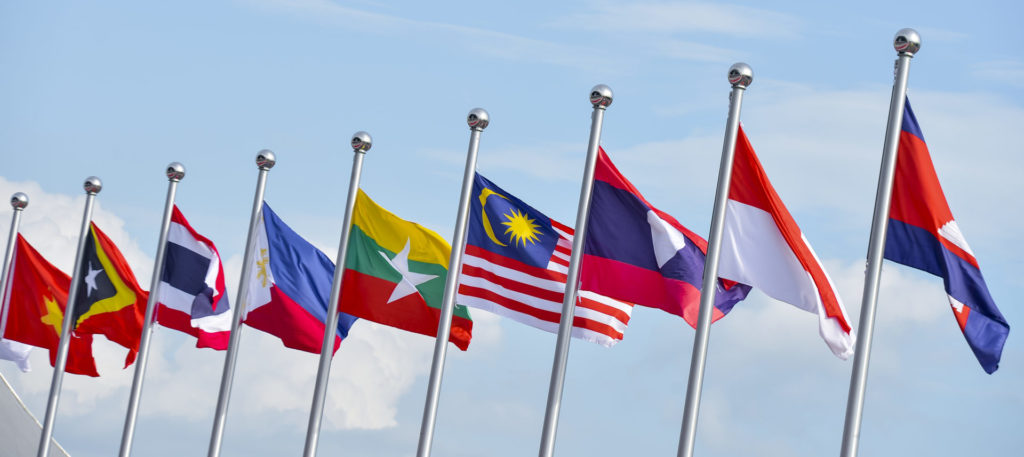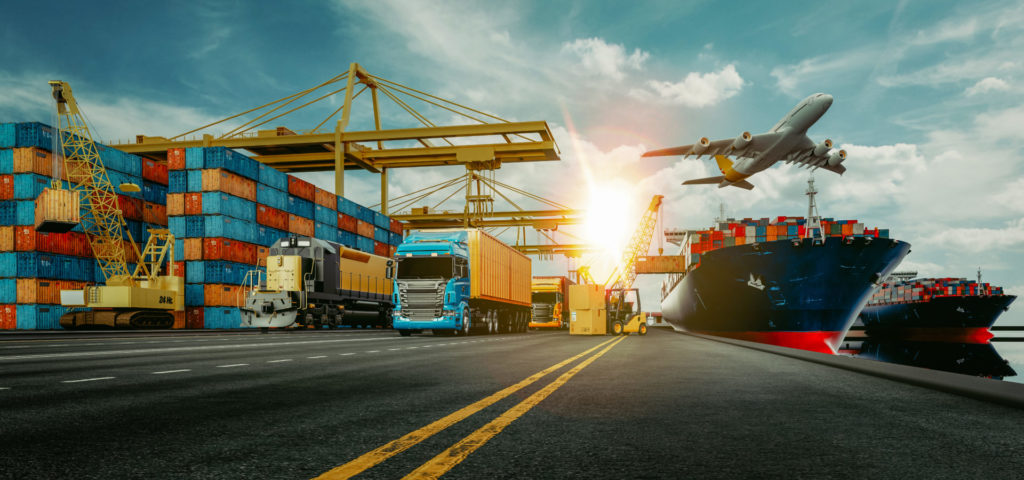For a long time, when businesses talked about “regional roles” in Asia-Pacific, the conversation was straightforward. You had a clear set of traditional hubs—Singapore, Shanghai, Hong Kong, and Dubai. These were the go-to regional HQ locations, where talent was centralized, decision-making was streamlined, and the market was well-understood.
But times have changed.
We’re seeing a real decentralization of regional leadership—particularly in supply chain. Increasingly, businesses are choosing to base these roles within the region they’re serving rather than in a central command post removed from the action. There are a few key reasons for this shift, and they go beyond just cost—though cost certainly plays a part.
The Cost Factor – and the Misconception That Comes With It
One common driver is the perception that traditional regional hubs are high-cost environments. Places like Singapore and Hong Kong are often associated with premium salary levels, expat packages, and high living expenses. In contrast, markets like Malaysia, Vietnam, Thailand, or India are perceived to offer a more cost-effective base for regional leadership.
But perception doesn’t always align with reality. While local salary benchmarks in these countries might be lower, the cost of regional talent—someone with the experience and gravitas to lead across multiple countries—is not necessarily cheaper. Companies often overlook this distinction. You’re not hiring local talent for these roles—you’re hiring regional leaders, and that comes with a different set of expectations and compensation realities.
Getting Closer to the Action
Beyond cost, there are strategic and operational factors at play. Businesses want their leadership to be closer to the action—to large-scale manufacturing hubs, distribution center’s, and key commercial markets. This is particularly true for supply chain and operations roles, where proximity to suppliers, factories, or logistics providers can make a significant impact.
So what does this look like in practice?
- Malaysia is now a go-to hub for regional consumer goods leadership, as well as an anchor for chemicals and industrials.
- Vietnam is gaining traction in apparel, footwear, and near-shore production roles.
- Thailand continues to be a stronghold for companies in agri-business, ingredients, and flavors—especially for regional value chain oversight.
- India has taken a leap forward—not only hosting regional roles but increasingly global roles as well. We’re seeing more global supply chain, procurement, and operations positions being stationed in India, often tied to Global Capability Centres (GCCs).
The Growing Complexity of Regional Hiring
This shift brings new complexities. Previously, if you were hiring a regional leader, you were working within a handful of familiar markets. You knew the salary bands, you understood the talent pools, and you could benchmark candidates relatively easily.
Now, hiring a regional leader means navigating a patchwork of different talent markets—each with its own salary structures, candidate expectations, and market maturity. It’s more complex, more nuanced, and requires a deeper understanding of how local market dynamics impact regional decision-making.
It also requires careful thought around the true definition of a regional role. Are you hiring someone to lead operationally across countries? Are they shaping regional strategy? Are they representing Asia-Pacific at the global table? The answers to these questions can dramatically change who you hire, where you place them, and what kind of package you need to offer.
Making Strategic Hiring Decisions in a Decentralized Market
Recruitment isn’t just about finding a candidate—it’s about helping companies make informed decisions. The days of hiring based on one well-known market are gone. Now, hiring leaders must think regionally—but act locally.
At Connexus Global, we’ve spent years developing talent networks and market insight across all of Asia-Pacific. We’ve seen these shifts happen in real time—and in many cases, we’ve been ahead of the curve, advising clients to look beyond the traditional hubs well before it became a common trend.
We don’t claim to have all the answers, but we do know this: regional hiring in Asia-Pacific today requires a deeper level of insight and a broader understanding of the strategic purpose behind each role.
Let’s Keep the Conversation Going
If you’re thinking about repositioning a role, struggling to understand salary differences across markets, or wondering if a regional function could sit outside of Singapore, we’re always happy to share what we’re seeing and hearing in the market.
These are conversations worth having—not just to fill a role, but to make sure you’re making the right hire in the right place, at the right time.
About Connexus Global, we’re excited to continue supporting organizations in navigating this evolving landscape and identifying the leaders who will define the future of sustainable business in Asia Pacific and beyond.










